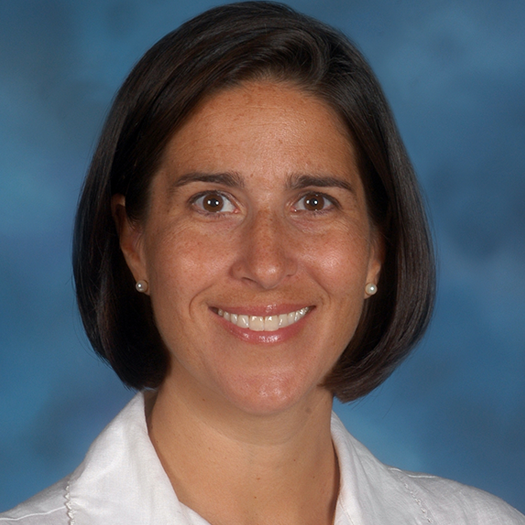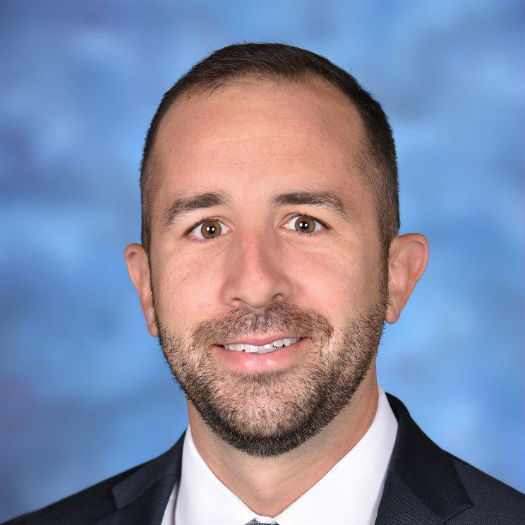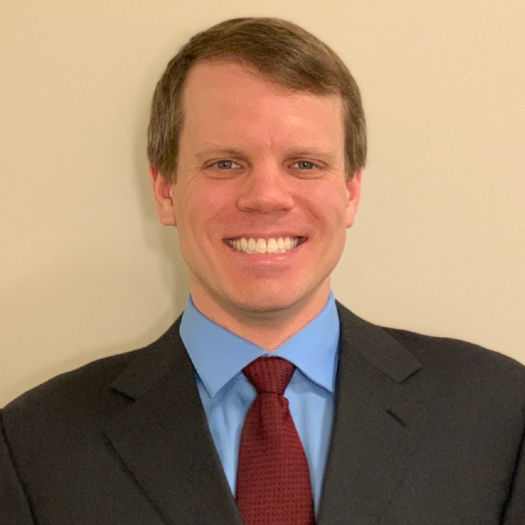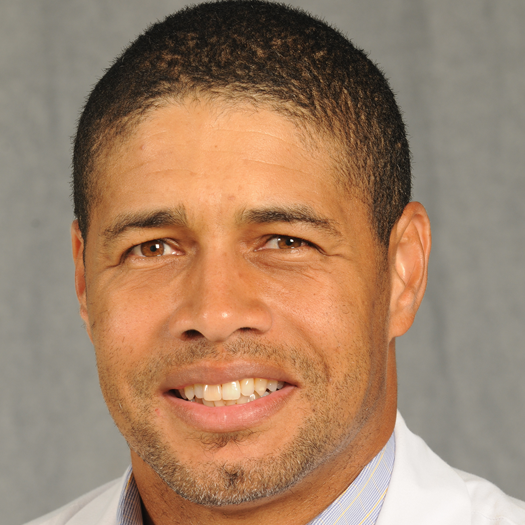Condition
Pediatric Broken Bones
What is a fracture?
A fracture is a partial or complete break in the bone. When a fracture occurs, it is classified as either open or closed:
-
Open fracture (also called compound fracture). The bone exits and is visible through the skin, or a deep wound that exposes the bone through the skin.
-
Closed fracture (also called simple fracture). The bone is broken, but the skin is intact.
Frequently Asked Questions
What types of fractures are common in children?
Fractures have a variety of names. Below is a listing of the common types that may occur in children:
-
Greenstick. Incomplete fracture. A portion of the bone is broken, causing the other side to bend.

-
Transverse. The break is in a straight line across the bone.

-
Spiral. The break spirals around the bone; common in a twisting injury.

-
Oblique. Diagonal break across the bone.

-
Compression. The bone is crushed, causing the broken bone to be wider or flatter in appearance.

-
Comminuted. The break is in three or more pieces.
What causes a fracture in children?
Fractures occur when there is more force applied to the bone than the bone can absorb. Bones are weakest when they are twisted. Breaks in bones can occur from falls, trauma, or as a result of a direct blow or kick to the body.
A child's bone differs from adult bone in a variety of ways:
- A child's bone heals much faster than an adult's bone. The younger the child, the faster the healing occurs.
- Bones are softer in children and tend to buckle or bend rather than completely break.
- Children have open growth plates, also called epiphysis, located at the end of the long bones. This is an area where the bone grows. Injury to the growth plate can lead to limb length discrepancies or angular deformities.
What are the symptoms of a fracture in a child?
The following are the most common symptoms of a fracture. However, each child may experience symptoms differently. Symptoms may include:
- Pain in the injured area
- Swelling in the injured area
- Obvious deformity in the injured area
- Difficulty using or moving the injured area in a normal manner
- Warmth, bruising or redness in the injured area
The symptoms of a broken bone may resemble other conditions. Always consult your child's doctor for a diagnosis.
How is a fracture in children diagnosed?
The doctor makes the diagnosis with physical examination and diagnostic tests. During the examination the doctor obtains a complete medical history of the child and asks how the injury occurred.
Diagnostic procedures may include:
- X-rays. A diagnostic test that uses invisible electromagnetic energy beams to produce images of internal tissues, bones, and organs onto film.
- Magnetic resonance imaging (MRI). A diagnostic procedure that uses a combination of large magnets, radio frequencies, and a computer to produce detailed images of organs and structures within the body. This test is done to rule out any associated abnormalities of the spinal cord and nerves.
- Computed tomography scan (also called a CT or CAT scan). A diagnostic imaging procedure that uses a combination of X-rays and computer technology to produce horizontal, or axial, images (often called slices) of the body. A CT scan shows detailed images of any part of the body, including the bones, muscles, fat and organs. CT scans are more detailed than general X-rays.
What is the treatment for a fracture in a child?
Specific treatment for a fracture will be determined by your child's doctor based on:
- Your child's age, overall health and medical history
- Extent of the fracture
- Your child's tolerance for specific medications, procedures, or therapies
- Expectations for the course of the fracture
- Your opinion or preference
The goal of treatment is to control the pain, promote healing, prevent complications and restore normal use of the fractured area.
An open fracture (one in which the bone exits and is visible through the skin, or where a deep wound exposes the bone through the skin) is considered an emergency. Seek immediate medical attention for this type of fracture by calling 911.
Treatment may include:
- Splint or cast. This immobilizes the injured area to promote bone alignment and healing to protect the injured area from motion or use.
- Medication (for pain control)
- Traction. Traction is the application of a force to stretch certain parts of the body in a specific direction. Traction consists or pulleys, strings, weights and a metal frame attached over or on the bed. The purpose of traction is to stretch the muscles and tendons around the broken bone to allow the bone ends to align and heal.
- Surgery. This may be required to put certain types of broken bones back into place. Occasionally, internal fixation (metal rods or pins located inside the bone) or external fixation devices (metal rods or pins located outside of the body) are used to hold the bone fragments in place to allow alignment and healing.
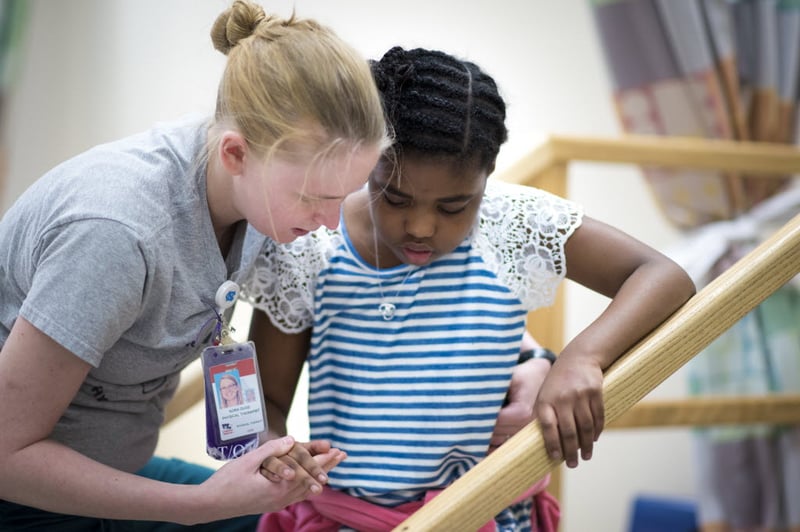
Orthopaedic Treatment at Children's National Hospital
Advanced care and treatments available in the Division of Orthopaedic Surgery and Sports Medicine at Children’s National are improving quality of life for the children we treat and the families we serve. Discover more about the treatments we offer.

Providers Who Treat Broken Bones
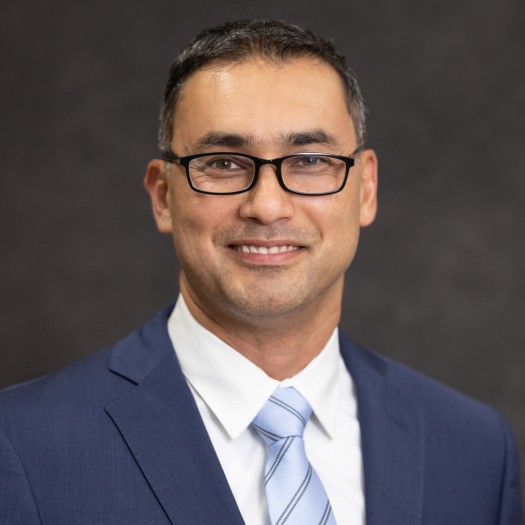
Syed Imraan Ahmed, MD, FAAOS
- Orthopaedic Surgeon
- Hip, Spine, Orthopaedic Trauma Specialist
Syed Imraan Ahmed, MD, FAAOS
Locations
Departments
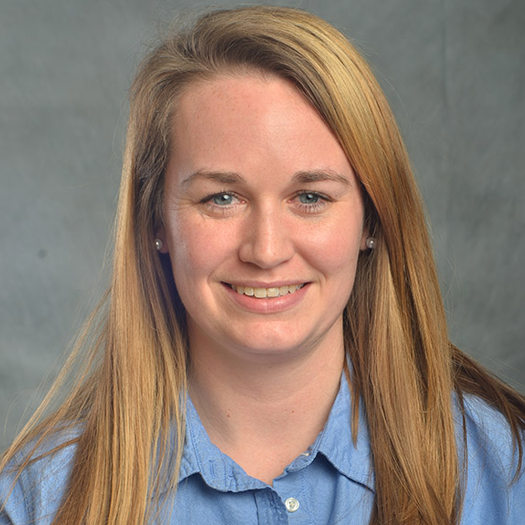
Katharine Alyssa Endres, PA-C
- General Pediatric Orthopaedics, Orthopaedic Trauma, Spine Specialist
- Physician Assistant
Katharine Alyssa Endres, PA-C
Locations
Departments
Emily Anne Hattwick, MD
Locations
Departments
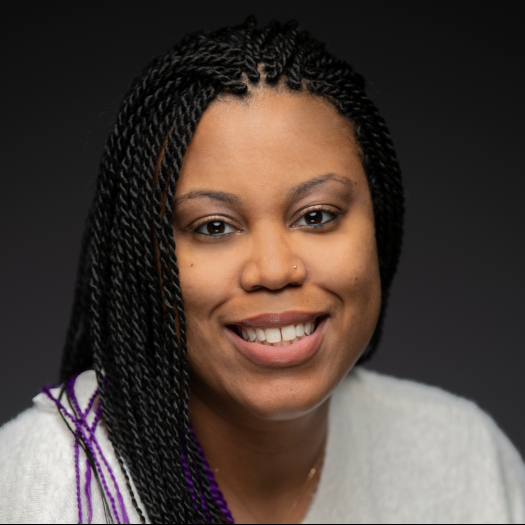
Diana Marie Hines, NP, CPNP-AC, CPNP-PC
- Nurse Practitioner
- Sports Medicine and Orthopaedic Trauma Specialist
Diana Marie Hines, NP, CPNP-AC, CPNP-PC
Locations
Departments

Shannon McClure Kelly, MD
- Associate Chief, Division of Orthopaedic Surgery and Sports Medicine
- Spine, Cerebral Palsy, Orthopaedic Trauma Specialist
Shannon McClure Kelly, MD
Locations
Departments
Joseph Paul Letzelter, MD
Locations
Departments
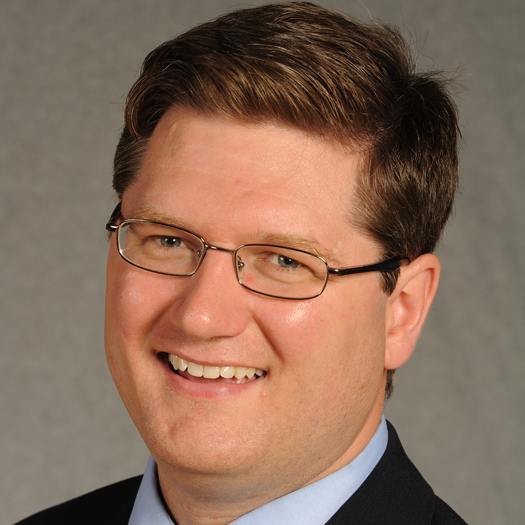
Benjamin D. Martin, MD
- Associate Chief, Division of Orthopaedic Surgery and Sports Medicine
- Spine, Hip, Orthopaedic Trauma Specialist

Matthew Evan Oetgen, MD
- Division Chief, Orthopaedic Surgery and Sports Medicine
- Spine, Hip, Orthopaedic Trauma Specialist
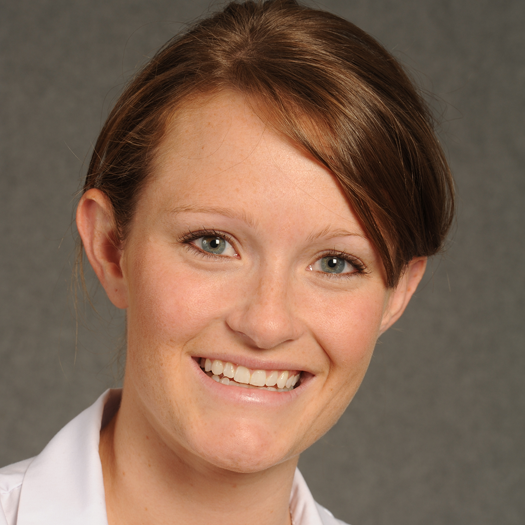
Leanne Schaefer Sellier, PA-C
- Physician Assistant
- General Pediatric Orthopaedics, Orthopaedic Trauma, Spine Specialist
Leanne Schaefer Sellier, PA-C
Locations
Departments
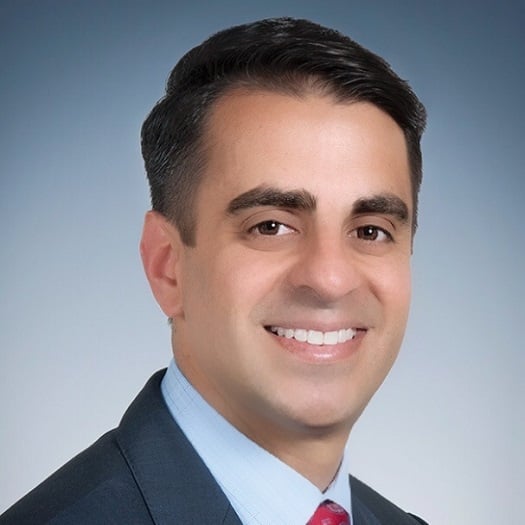
Sean Tabaie, MD
- Orthopaedic Surgeon
- Cerebral Palsy, Limb Lengthening and Deformity, Orthopaedic Trauma Specialist
Sean Tabaie, MD
Locations
Departments
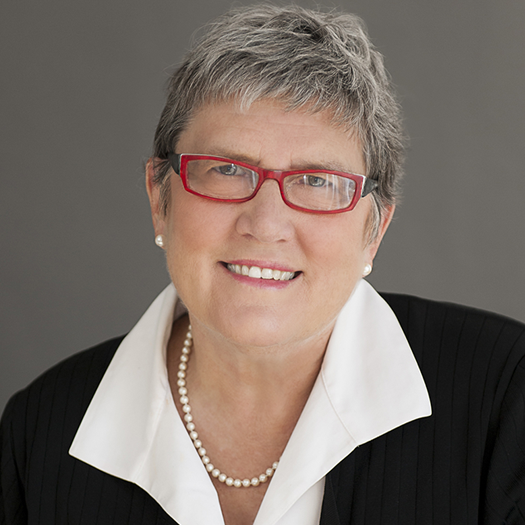
Laura L. Tosi, MD
- Director, Bone Health Program
- Orthopaedic Surgeon
- Rare Bone Disease, Bone Health and Orthopaedic Trauma Specialist
Laura L. Tosi, MD
Locations
Departments

Lindsay Osborn Weigley, PA-C
- Physician Assistant
- Bone Health, General Pediatric Orthopaedics, Orthopaedic Trauma Specialist
Lindsay Osborn Weigley, PA-C
Locations
Departments
Robert H. Wilson, MD
Locations
Departments

Megan Lynne Young, MD
- Orthopaedic Surgeon
- Limb Lengthening and Deformity, Orthopaedic Trauma Specialist
Megan Lynne Young, MD
Locations
Departments
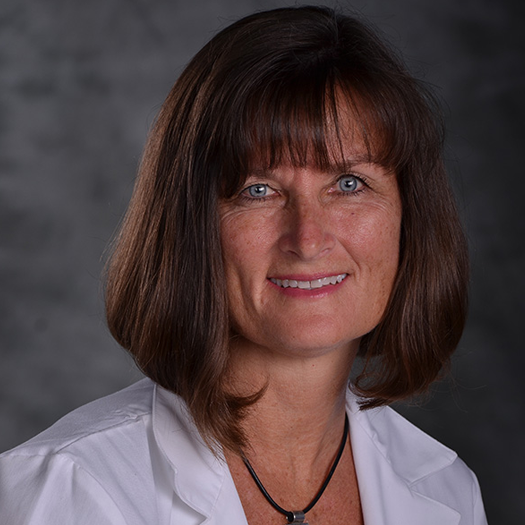
Nancy Kathleen Zonarich, PA-C
- Physician Assistant
- General Pediatric Orthopaedics, Bone Tumors, Cerebral Palsy, Spine Specialist
Nancy Kathleen Zonarich, PA-C
Locations
Departments
Jul 22, 2024
Helping Maddie to Live Life to the FullestMaddie is a lively, creative teen who loves to act. Research at Children's National Hospital helps to ensure that her rare disease doesn"t upstage her big theater plans or her love of life.
Jun 27, 2024
Convenient Care for CharlotteWhen Charlotte was a toddler, a respiratory illness led to a diagnosis of a rare and dangerous immune deficiency called ICF syndrome. A bone marrow transplant at age 5 at Children’s National helped save her life.
May 20, 2024
Omid Conquers Fear with MusicOmid never liked going to the dentist. Dr. Aleger changed that with a little trust, and his favorite tunes.
Departments that Treat Broken Bones
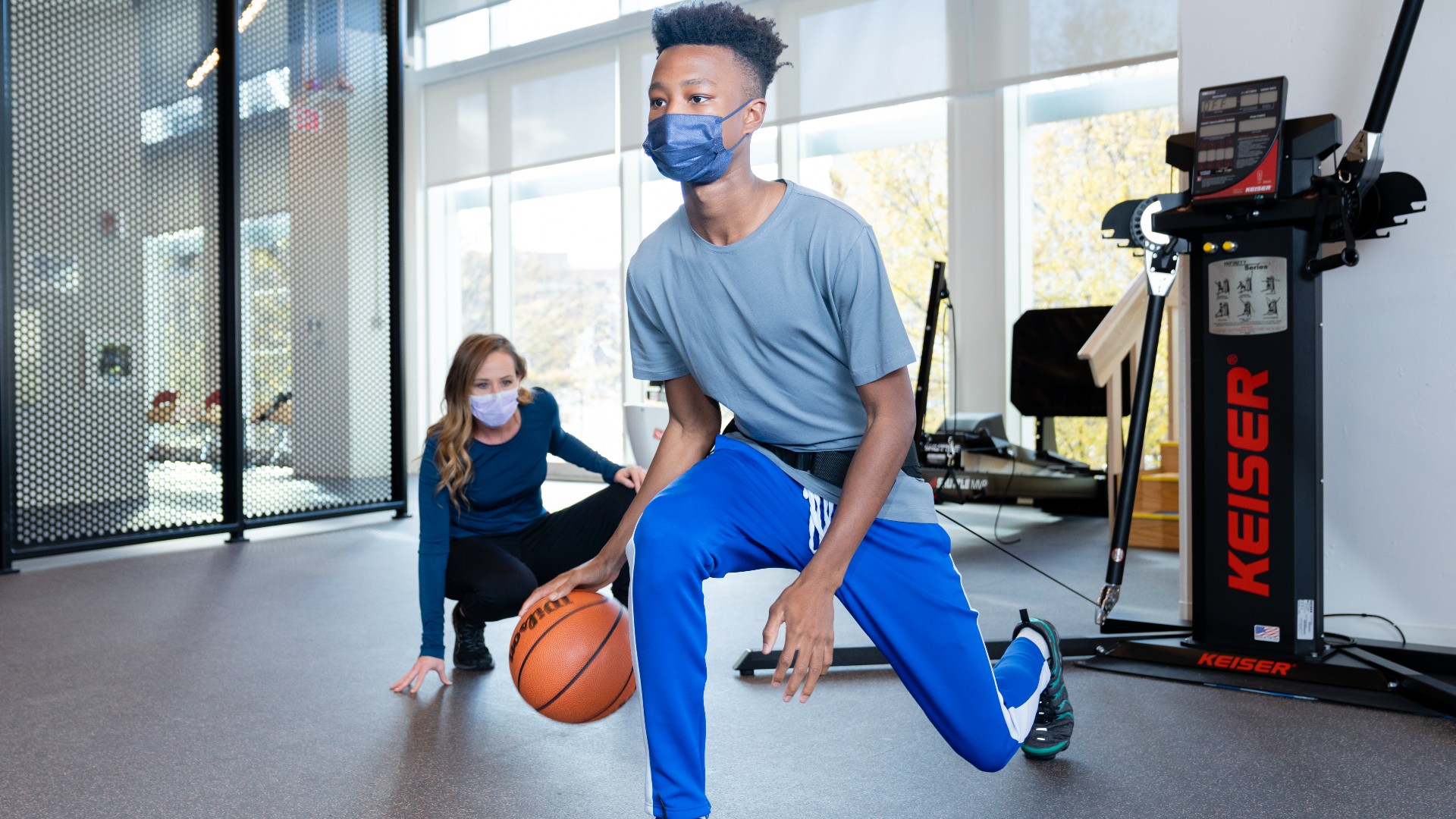
Orthopaedic Surgery and Sports Medicine
From sprains and strains to complex congenital conditions, Children’s National Hospital offers one of the most experienced pediatric orthopaedic practices in the nation with experience in treating all areas from head to toe.

Trauma Care
Children's National has the only Pediatric Level I Trauma Center in the Washington, D.C., area and accepts trauma patients from all geographic areas. We partner with the Maryland Shock Trauma System to provide coverage in Montgomery, Prince George's County, St. Mary's, Calvert and Charles counties.






